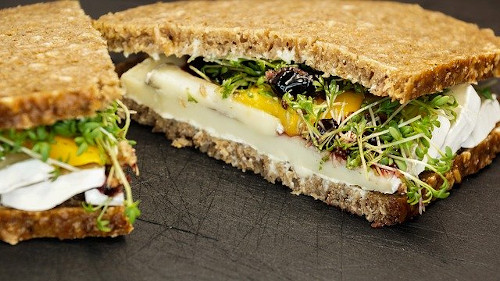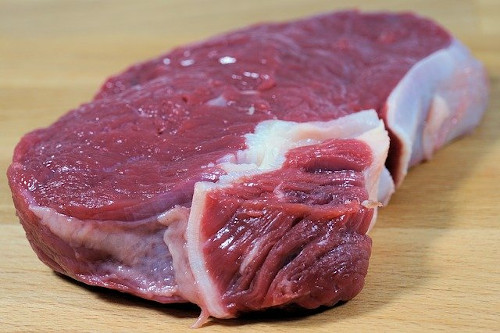Finding the right foods for diverticulosis is important for those suffering from this condition. In this article, we’ll learn what foods aggravate diverticulosis and what foods to avoid with diverticulosis. But before we begin, let’s learn more about this condition.

Also referred to as diverticular disease of the colon, this is the formation of many tiny sacs or diverticuli in the walls of the digestive tract, generally in the large intestine. Factors necessary for the formation of diverticuli are:
- Weak points in the intestinal wall
- Increased pressure within the intestine. This can occur when the feces are small and hard, and the intestine muscles must contract strongly to move them.
The foods described here reduce the risk of the formation of diverticuli or keep them from increasing in size if they already exist. What they cannot do is cause them to disappear once they have been formed. When diverticuli become inflamed because fecal material has not been eliminated, it produces a serious disease called diverticulitis. This is a complication of diverticulosis that must be treated in a hospital with a strict diverticulosis diet plan and, occasionally, by surgical means.
Top Seven Foods for Diverticulosis
WATER: Drinking sufficient water daily (6 or 7 glasses) is essential to keep the feces from becoming dry and facilitate their proper passage through the digestive tract without undue pressure.

FIBER: The greater the consumption of fiber-rich foods, the lower the risk of diverticulosis. Fiber is not absorbed and remains in the intestine. As it retains water, it increases fecal volume and softness, facilitating movement. Fiberless feces are hard and dry, which forces the intestines to contract harder to move them. This hyperpressure fosters the development of diverticulosis.
WHOLE GRAINS: Whole grains are the best foods for diverticulosis. They’re a great source of dietary fiber. Oats are the grain that provides the greatest soothing and protective effect for the digestive tract.
FRUIT: All fruits are good sources of soluble fiber. All of them, even those with astringent action, soften the feces and improve intestinal movement. This helps avoid the formation of diverticuli.
VEGETABLES: These are good sources of soluble fiber, in particular, and improve intestinal function, avoiding excess pressure that results in diverticuli.
LEGUMES: All legumes contain a beneficial amount of fiber, which helps prevent diverticulosis.

WHEAT BRAN: Almost half the weight of wheat bran is fiber, but if used in excess (more than 30 g daily), it can cause bowel irritation and affect the absorption of minerals. Supplemental bran fiber is unnecessary, with a healthful diet for diverticulosis rich in natural plant-based foods. Wheat bran also:
- It compensates for the lack of fiber in diets based on refined foods, although eating whole grains and adding bran to compensate is preferable to eating refined grains.
- Prevents constipation: It is necessary to take 20 to 30 g daily for at least a week to achieve the desired effect.
- Reduces cholesterol levels, although oat bran is much more effective.
- Reduces the risk of diverticulitis, colon cancer, coronary disease, and breast cancer.
Diverticulosis Foods to Avoid
REFINED BAKED GOODS: Baked products made with refined flour, including white bread, contain very little fiber. This promotes hard feces and the intestinal pressure that leads to diverticulosis.

TOTAL FAT: A broad study conducted at the Harvard University School of Public Health that included 47,888 males concluded that a high-fat, fiber-poor diet more than doubles the risk of diverticulosis.
MEAT: Meat is completely lacking in fiber. Consequently, an excessively meat-based diet reduces fecal volume and increases intestinal effort. The study cited earlier concerning total fat also found that a high-meat diet that is poor in fiber significantly increases the risk of diverticulosis.
DISCLAIMER: All content on this website is presented solely for educational and informational objectives. You should not rely on the information provided as a replacement for advice, diagnosis, or treatment from a qualified medical expert. If you are pregnant, nursing, or have any preexisting medical concerns, you should talk to your doctor before using any herbal or natural medicines.
REFERENCES
George D. Pamplona-Roger, M.D. “Encyclopedia of Foods and Their Healing Power.” George D. Pamplona-Roger, M.D. Encyclopedia of Foods and Their Healing Power. Trans. Annette Melgosa. Vol. 2. Chai Wan: Editorial Safeliz, 2005. 311, 217.[foods for diverticulosis]
